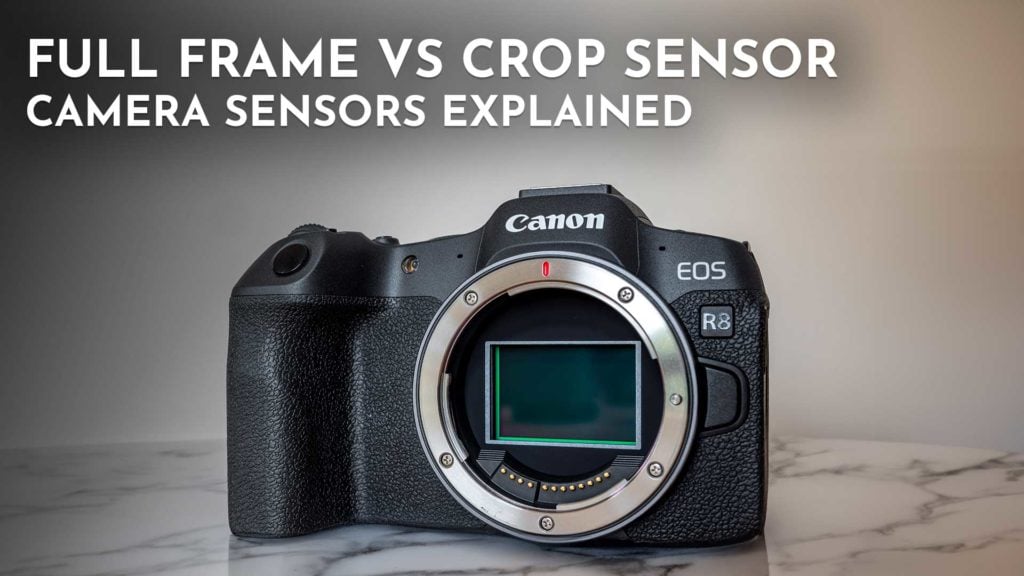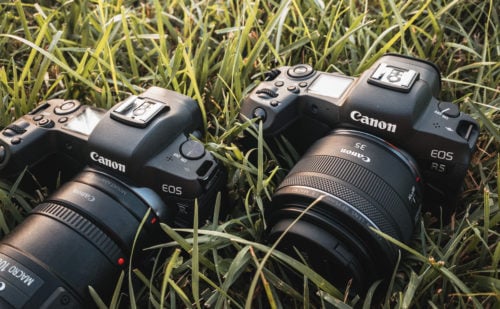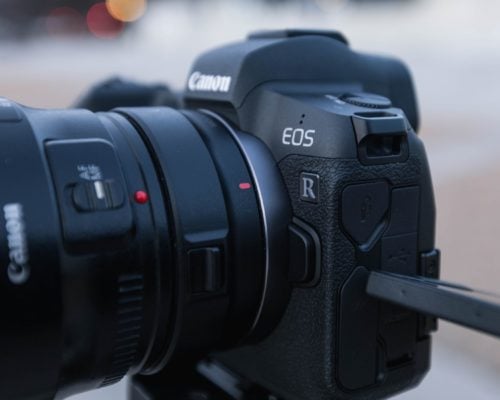The size of your camera sensor can make a huge difference in your photos mainly affecting image quality and focal length. I’ve found that beginners to photography commonly have issues understanding the differences between different types of sensors.
No matter if you’re using Canon, Sony, or Nikon most brands sell full-frame and crop sensor cameras. In this post we’ll go over the main differences between a full frame vs crop sensor.
Table of contents
Full Frame vs Crop Sensor Explained
Full-frame and crop sensors are two types of image sensors commonly found in digital cameras, this includes all DSLR and mirrorless cameras. Now let’s dive into a quick overview of the main differences between full frame and crop sensors.
Full-frame sensors are larger and offer a wider field of view, capturing more light and producing higher image quality. They are typically used in professional-grade cameras and are preferred by photographers who require exceptional detail and low-light performance.
On the other hand, crop sensors are smaller and have a narrower field of view, resulting in a more magnified image. They are commonly found in entry-level and mid-range cameras, offering a more affordable option for casual photographers. One other advantage of a smaller sensor is faster sensor read outs which make them frequently used for action photography like wildlife.
While both sensor types have their advantages and disadvantages, understanding the differences between them can help photographers make informed decisions when choosing a camera.
Now let’s take a deep dive into the two sensor sizes.
Understanding Sensor Size
Before we delve further into the comparison, it is crucial to grasp the concept of sensor size. In simple terms, the sensor is the component in a camera that captures light and converts it into an image. The size of the sensor directly affects the field of view, image quality, and low-light performance.
Full Frame Sensors: Large & Detailed
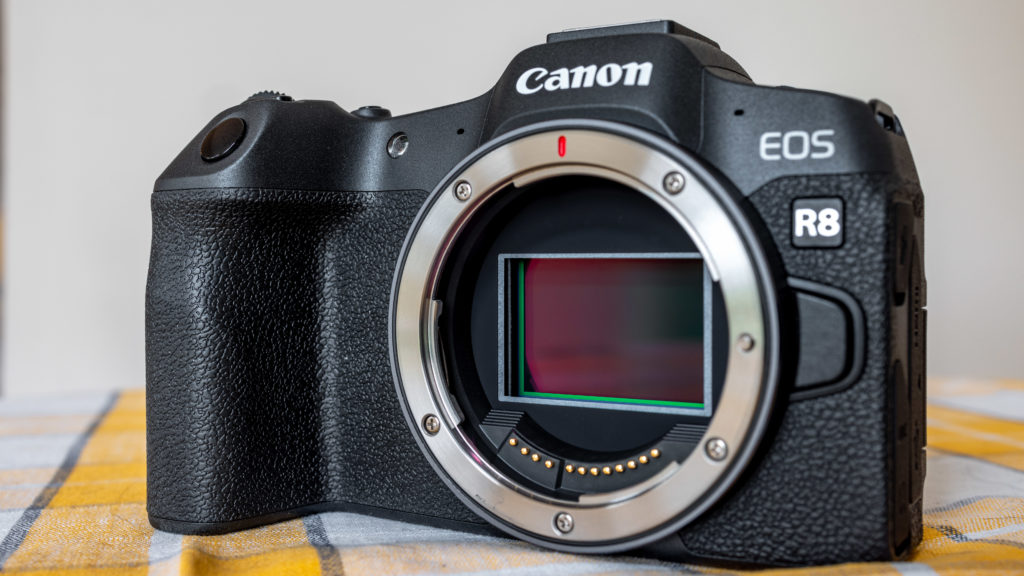
With a full frame sensor, the dimensions are akin to a 35mm film cameras, measuring approximately 36mm x 24mm. The larger sensor size provides several advantages over its crop sensor counterpart. Firstly, it allows for a wider field of view and captures more detail, making it ideal for landscape photography.
Additionally, full frame sensors excel in low-light situations due to their larger pixel size. The larger pixels gather more light, resulting in less noise and better overall image quality. This results in better image quality at high ISOs. If you find yourself shooting in dimly lit scenarios, a full frame camera will typically out ahead.
Crop Sensor Cameras: Small & Versatile
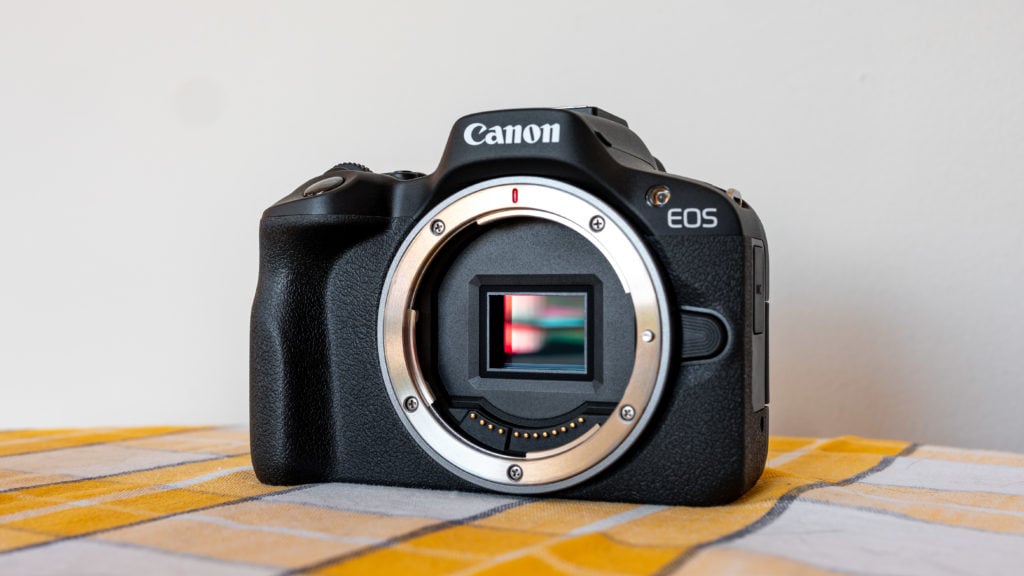
Crop sensor cameras have a smaller sensor size, typically around 1.5 to 1.6 times smaller than a full frame sensor. This crop factor affects the effective focal length of the lens, giving it a narrower field of view. While this may be seen as a disadvantage for wide-angle shots, it can be beneficial for telephoto or wildlife photography, allowing you to get closer to the subject without investing in expensive lenses.
Crop sensor cameras are generally more affordable compared to their full frame counterparts. If budget is a concern, a crop sensor camera can provide excellent image quality and performance without breaking the bank.
Image Quality and Depth of Field
When it comes to image quality, both full frame and crop sensor cameras can produce stunning results. However, there are slight differences worth noting. Due to the larger pixel size, full frame sensors often exhibit better dynamic range (especially when shooting RAW) and color reproduction. This means they can capture a wider range of tones and colors, resulting in more vibrant and lifelike images.
On the other hand, crop sensor cameras tend to have a deeper depth of field. This means that more of the image will be in focus, which can be advantageous for genres such as landscape and street photography. Conversely, full frame cameras offer a shallower depth of field, creating a pleasing background blur that is favored by portrait photographers.
Considerations for Lens Selection
Another crucial aspect to consider when choosing between full frame and crop sensor cameras is lens selection. Since full frame cameras have a larger sensor size, they require lenses specifically designed for this format. These lenses tend to be more expensive and heavier. However, they often offer wider apertures, which can be beneficial for low-light photography and achieving that creamy bokeh effect.

Crop sensor cameras, on the other hand, have a wider range of lens options available. They can utilize lenses designed for both full frame and crop sensor cameras. This versatility gives photographers more choices when building their gear collection and allows for greater flexibility in various shooting situations.
Focal Length Differences on Sensor Sizes
One of the biggest differences between full frame and crop sensors is how much of the image is captured with the lens.
Canon’s cropped APS-C camera sensor which is on the Canon T5i, R7, and M5 for example are cropped about 1.6x the original image. Below you can see the different in the amount of the image that is captured with the same lens.
For example a 35mm lens on a crop sensor will be equivalent to a 56mm lens. You can use a tool like a crop sensor calculator to calculate focal length of different lenses on full frame bodies vs cropped.
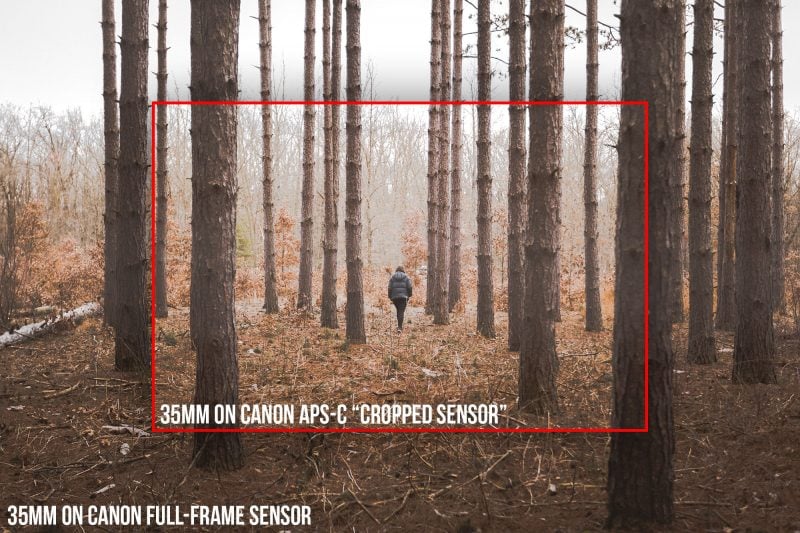
It is important to know that a lot of lenses are full frame lenses and designed for full-frame sensors. Lenses designed for a crop sensor like RF-S lenses can be smaller since they optically are only capturing enough information for a cropped sensor.
Frequently Asked Questions from Full Frame and Crop Sensors
What is the difference between a full frame and a crop sensor camera?
A full frame camera has a sensor that is equivalent in size to a 35mm film camera, while a crop sensor camera has a smaller sensor size. This difference in sensor size affects various aspects of photography, including field of view, image quality, and depth of field.
How does the sensor size affect the field of view?
The sensor size determines the angle of view captured by the camera. In general, a full frame camera captures a wider field of view compared to a crop sensor camera. This means that when using a lens with the same focal length, a full frame camera will capture more of the scene. You can use a crop factor calculator to figure out the true focal length of lenses on a crop sensor.
Does sensor size affect image quality?
Yes, sensor size can have an impact on image quality. Generally, full frame cameras tend to have better low light performance and produce images with less noise compared to crop sensor cameras. This is due to the larger individual pixels on the sensor, which can gather more light. Since full frame sensors grab more light they can also use the full aperture of a lens.
How does sensor size affect depth of field?
Sensor size plays a role in determining the depth of field in a photograph. With a larger sensor, such as in a full frame camera, achieving a shallow depth of field with a blurred background is easier compared to a crop sensor camera. This is because larger sensors allow for greater control over the depth of field.
Are there any advantages to using a crop sensor camera?
Yes, there are advantages to using a crop sensor camera. One of the main advantages is the crop factor magnification, which effectively increases the focal length of lenses. This can be beneficial for certain types of photography, such as wildlife or sports, where a longer reach is desired without the need for extremely long telephoto lenses.
Are full frame cameras more expensive than crop sensor cameras?
Generally, full frame cameras tend to be more expensive than crop sensor cameras. The larger sensor size and advanced technology used in full frame cameras contribute to their higher price point. However, there are also budget-friendly options available for both full frame and crop sensor cameras.
Can I use the same lenses on both full frame and crop sensor cameras?
Yes, many lenses are compatible with both full frame and crop sensor cameras. However, it’s important to consider the crop factor when using lenses designed for full frame cameras on a crop sensor camera. The effective focal length will be increased due to the crop factor. Always double check lens compatibility as well since not all lenses can mount on all cameras.
Which camera should I choose, full frame or crop sensor?
The choice between a full frame and crop sensor camera depends on your specific needs and preferences. If you require wider field of view, better low light performance, and greater control over depth of field, a full frame camera might be the better option. However, if you are on a budget or need the advantage of a crop factor, a crop sensor camera could be a suitable choice.
Can I upgrade from a crop sensor camera to a full frame camera?
Yes, it is possible to upgrade from a crop sensor camera to a full frame camera. However, it’s important to note that switching to a full frame camera may require purchasing new lenses if your current lenses are not compatible with full frame cameras. I recommend researching your specific needs before making the upgrade.
Are there any other factors to consider when choosing between a full frame and crop sensor camera?
Yes, apart from sensor size, there are other factors to consider when choosing a camera. These include camera features, ergonomics, weight, and overall system compatibility. It’s advisable to try out different cameras, read reviews, and consider your shooting style and preferences before making a decision.
Conclusion
In conclusion, the comparison between full frame and crop sensor cameras is a matter of personal preference and shooting requirements. We’ve explored the advantages and disadvantages of each camera sensor type, including factors such as image quality, depth of field, and lens selection.
It is essential to understand how sensor size impacts image capture and to consider one’s own needs as a photographer. By weighing the pros and cons of each option, you can make an informed decision that best suits your style and budget.
Regardless of the type of camera you choose, remember that the camera is just a tool, and it is your vision and creativity that truly make a photograph remarkable. So, embrace your gear, experiment, and most importantly, enjoy the process of capturing captivating images.
Looking for more ways to improve your photography? read my travel photography tips.

